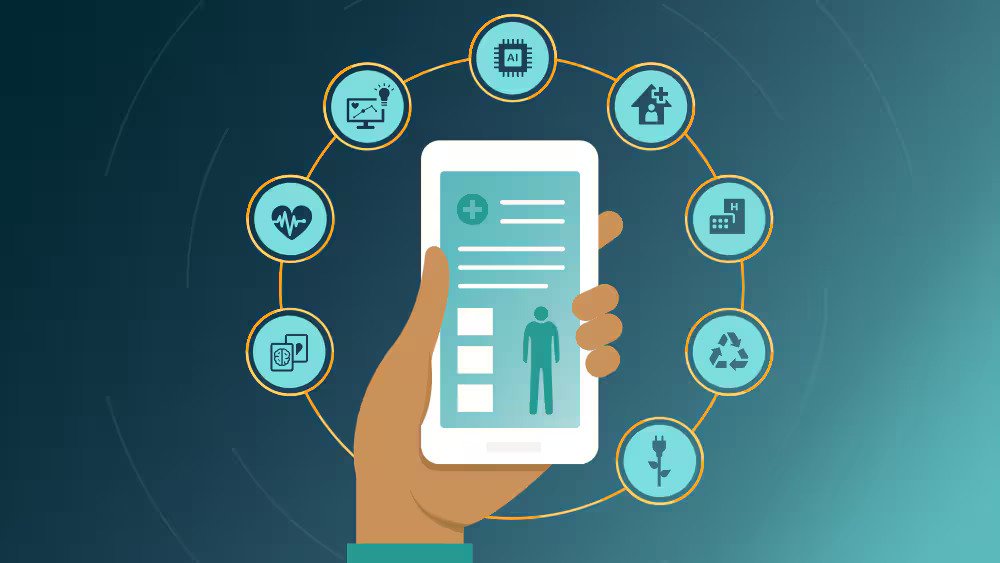The healthcare industry has rapidly embraced digital transformation, and e-prescribing has become a cornerstone of this evolution. With patient safety, prescription accuracy, and efficiency at the heart of healthcare priorities, e-prescribing systems are set to undergo significant changes in the coming years. As technology continues to advance, so too will the features and capabilities of e-prescription platforms. Below are ten forward-looking predictions that provide insight into what the future holds for e-prescribing technology.
1. Integration of Artificial Intelligence for Predictive Prescribing
Artificial Intelligence (AI) is poised to redefine the way prescriptions are written. Shortly, AI algorithms could analyze a patient’s complete health record lab results, medical history, genetic data, and lifestyle factors to suggest the most effective and personalized medication options. Predictive analytics may also help doctors avoid adverse drug reactions and suggest alternatives automatically, resulting in smarter and safer prescribing decisions.
2. Seamless Interoperability Across Healthcare Systems
As healthcare becomes more connected, interoperability between different electronic health record (EHR) systems will be essential. E-Prescribing Software will focus on creating a universal framework that allows prescriptions to be securely transmitted across pharmacies, hospitals, insurance providers, and clinics, regardless of which software system each uses. This seamless data flow will reduce errors, enhance patient care continuity, and speed up the prescription process.
3. Enhanced Role of Mobile Prescribing Apps
With the rising use of smartphones and mobile devices, mobile prescribing is expected to become more dominant. Physicians will be able to send, modify, or cancel prescriptions remotely through secure mobile apps, even when they are away from their practice. Patients may also benefit from mobile notifications about dosage instructions, refill reminders, or potential side effects, improving medication adherence.
4. Blockchain for Prescription Security and Transparency
Blockchain technology is gaining traction for its ability to enhance security, transparency, and traceability. Future e-prescribing systems may utilize blockchain to create tamper-proof records of every prescription transaction. This will help reduce fraud, prevent prescription duplication, and ensure that patient records are consistent and unaltered. Additionally, patients could gain more control over who accesses their prescription data.
5. Voice-Activated E-Prescription Capabilities
Voice recognition technology is expected to play a larger role in e-prescribing, allowing physicians to dictate prescriptions verbally through smart devices or EHR Software. By integrating with voice assistants and NLP (natural language processing), providers can reduce the time spent typing and navigating software, especially helpful during high-volume clinical hours. This hands-free approach could streamline workflows while maintaining accuracy.
6. Pharmacogenomics-Based Prescribing
Pharmacogenomics, the study of how genes affect a person’s response to drugs, will likely become a key feature in future e-prescribing platforms. By integrating genetic testing results into the system, prescribers will be able to choose medications tailored to a patient’s unique genetic profile. This will significantly reduce trial-and-error prescribing and improve the effectiveness of treatments, particularly for chronic conditions like depression, hypertension, and epilepsy.
7. Integration with Wearable Health Devices
As wearables such as smartwatches and health trackers collect real-time health data, e-prescribing platforms will be designed to integrate with these devices. This will allow providers to monitor a patient’s vitals and medication effectiveness continuously and adjust prescriptions dynamically. For instance, if a patient’s blood pressure spikes unexpectedly, the system could suggest dosage changes or a new medication altogether.
8. Automated Refill and Renewal Systems
Future e-prescription platforms are likely to offer intelligent refill and renewal systems. These features will detect when a patient is running low on medication and automatically alert both the patient and prescriber. For stable, long-term medications, the system might even auto-renew prescriptions after verifying that no dosage changes are needed. This automation can help ensure that patients never miss critical doses due to administrative delays.
9. Real-Time Insurance and Cost Comparison Integration
A major pain point for both physicians and patients is finding medications that are not only effective but also covered by insurance and affordable. Advanced e-prescribing systems of the future will offer real-time formulary checks and medication cost comparisons at the point of care. Doctors will be able to see which medications are covered by a patient’s insurance, along with cheaper therapeutic alternatives, allowing for more cost-effective prescribing.
10. Patient-Centric E-Prescribing with Feedback Loops
In the next generation of e-prescribing technology, patients will be more involved in the prescribing process. Systems will collect patient feedback on medication side effects, adherence challenges, or symptom improvement. This data will be analyzed and sent back to providers in real time, enabling more responsive and dynamic adjustments to treatment plans. This two-way communication fosters a collaborative, personalized care experience.
Conclusion
The future of e-prescribing technology is bright, intelligent, and deeply integrated with broader advancements in digital health. From AI-powered decisions to blockchain-secured data, the innovations on the horizon promise to make prescribing not just faster and more convenient, but also safer and more personalized. As these trends unfold, both healthcare providers and patients stand to benefit from improved outcomes, enhanced communication, and reduced medication errors. Embracing these advancements will be crucial for healthcare systems aiming to deliver next-level care in a rapidly evolving digital world.
